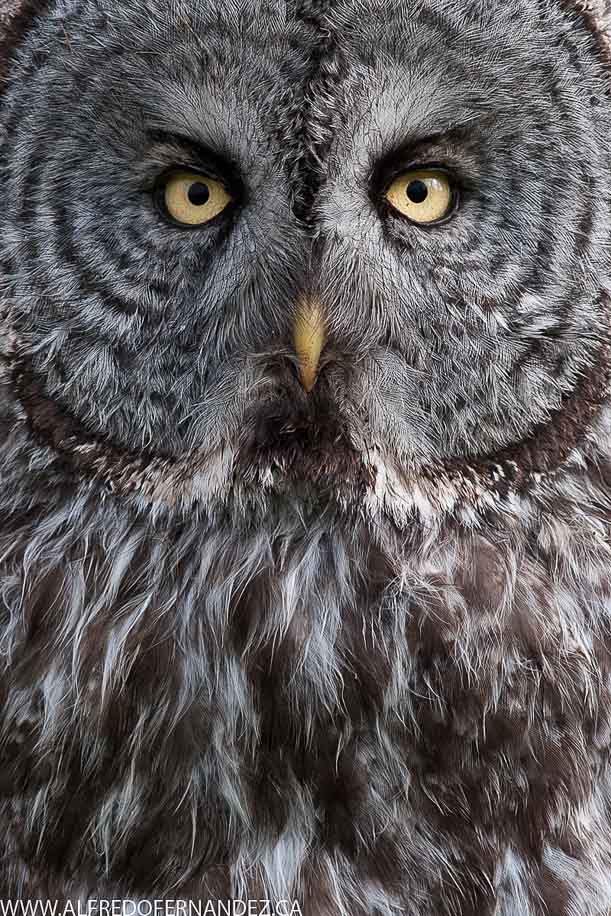
Alfredo Fernández (Web | Facebook | Flickr) will share some of his wildlife photography tips and photos:
Wildlife photography is one of the most popular fields within photography. I have yet to meet a photographer who does not enjoy driving around National Parks in search of breath-taking landscapes or elusive wildlife. A quick look at any photography forum will show several hundred if not thousand posts regarding nature. Yet, all of these photos mostly look really similar, if not the same. I feel that nature photography has become –to some degree- monotonous. 90% of bird shots are really similar. A nice bird perched on a nice branch with a clean background. Don’t get me wrong, I like this kind of images, and even shoot some myself, but I feel these images have no history behind, they get uninteresting and boring after a while.
So, today I want to share some tips to improve your nature photographer and create different images.
Leave the telephoto at home


99% of all wildlife photos I have seen are made with lenses of 300mm and up. These tools are great to magnify and isolate the subject, rendering as much detail as possible. I personally find photographs made with wider lenses better than ones made with the big guns. Of course shooting wildlife at 16mm is not easy –and sometimes it can be really dangerous, so don’t try it with a Grizzly!- and requires much more patience to approach a wild animal. Wide-angle shots tend to include a much more information about the subjects habitat and surroundings, creating a better story.
Photograph silhouettes


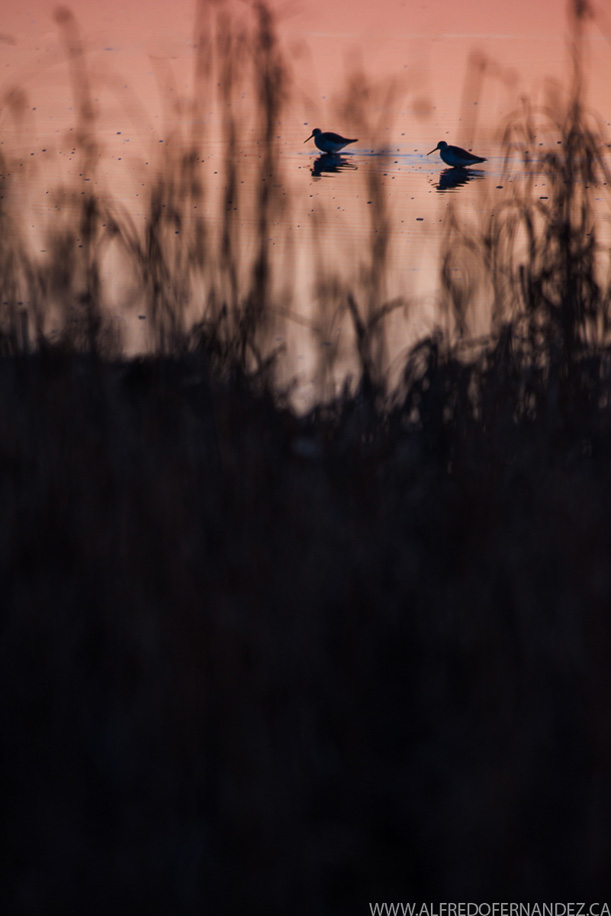
Everyone knows how a bird looks. We don’t need to show all the detail for the viewer to know it is a bird. I find that silhouettes are a great way to add mystery to your shots. Including some interesting background or foreground can make the difference in the image. I highly recommend doing this against a nice colorful background, such as a green forest or the first/last sun rays of the day.
Show patterns


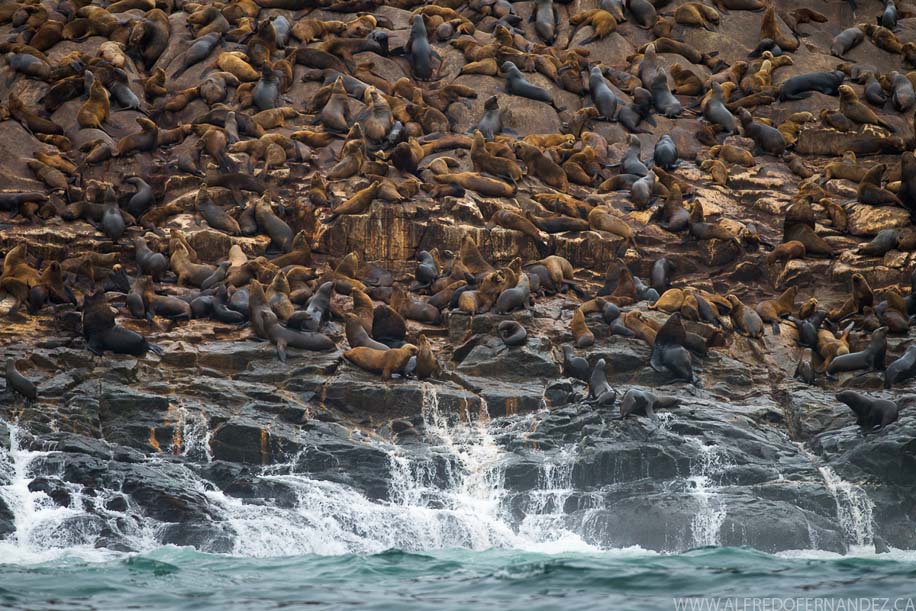
Photography is all about composition. Doesn’t matter if you use a D4s or a point-and-shot, composition is going to always be difference between a good photograph and a bad photograph. Lines and shapes are everything in composition; they grab your eye, and move it to a certain point of interest within the photograph. Finding these kinds of patterns in nature is certainly not easy, but try to train your eye to see them. As everything is just a matter of practice.
I hope you enjoy this post, and if you have any comments or questions, please feel free to comment on the comment section below, or send me a message through my website, Facebook or Flickr.
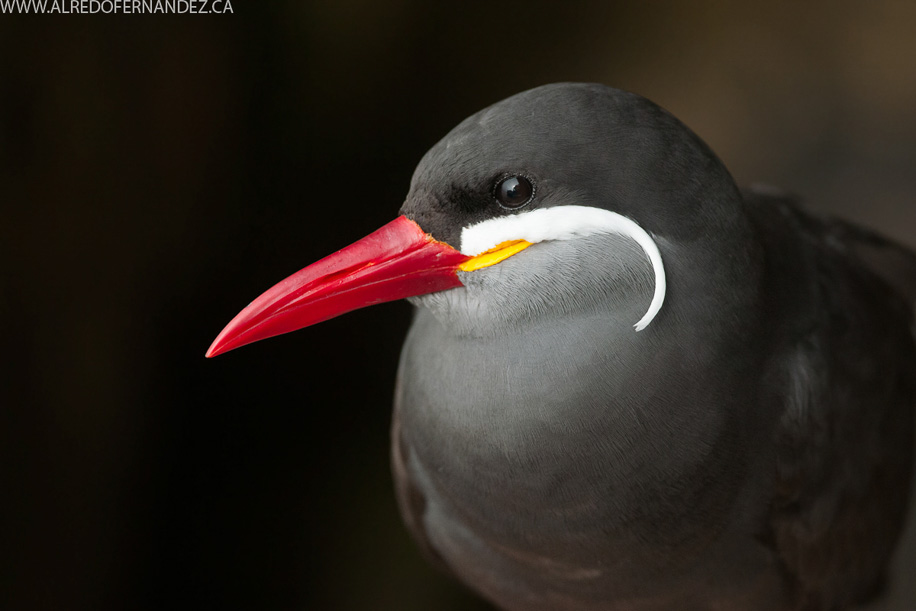



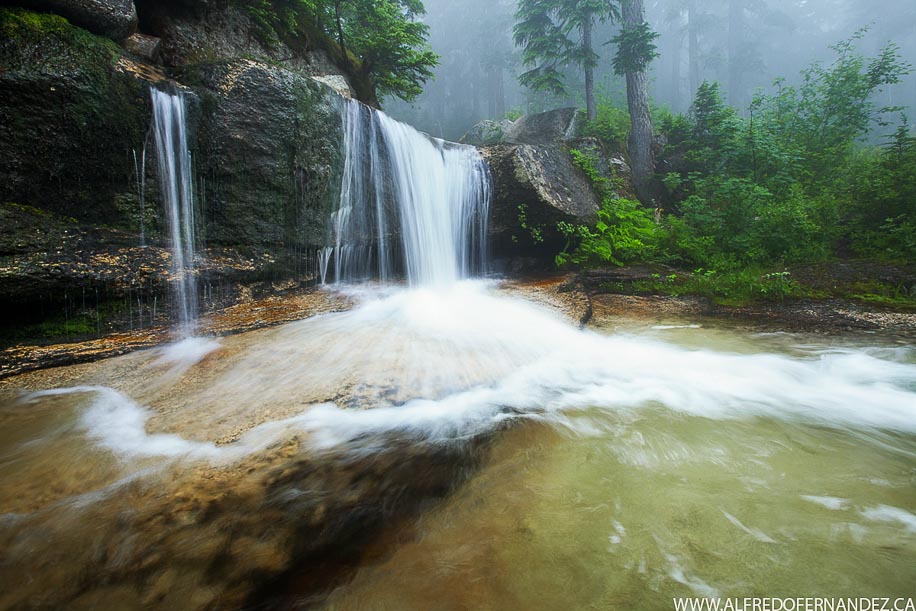
If you have an interesting idea for a guest post, you can contact me here.



